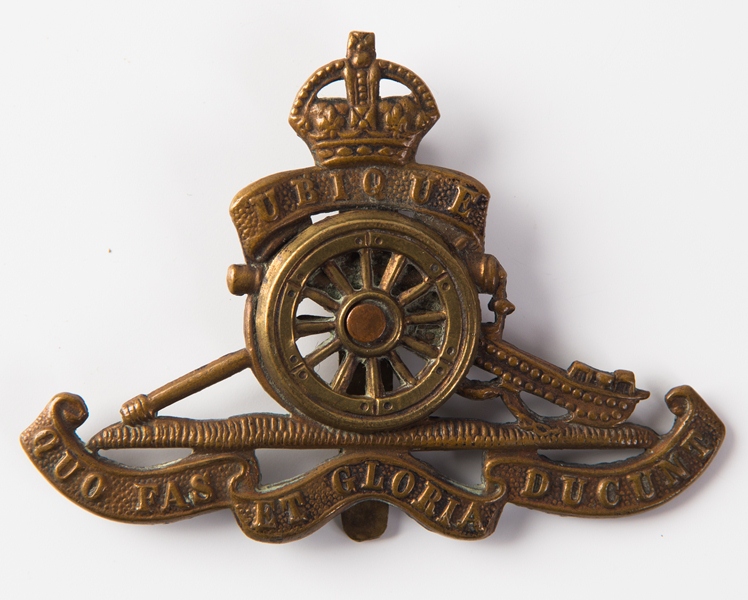Personal Details
Born: 14 May 1885 and baptised at Wesleyan Methodist Church, Whitchurch on 7 June.
Family: Fifth of seven children born to Josiah Rowlands and Ann Lydia Crosse. In 1912 Archibald married Florence E Jackson in Walsall and they did not appear to have any children.
Residence: In 1891 the family were living at 2 Dodington, Whitchurch and were still there ten years later. By 1911 Josiah had died and Lydia and family were residing at 44 Watergate Street, Whitchurch. In 1919 Archibald’s address was ‘Rilston’, Station Road, Whitchurch and he and Florence were still living there in 1939.
Employment: By 1911 Archibald was working as a photographer and picture framer, presumably he’d taken over his father’s business. The 1939 register lists his employment as photographer, picture framer and dealer. In addition he was in the ARP first aid section, assisting local police.
Died: In 1961 aged 76 in Whitchurch
Military Details
Regiment: Royal Garrison Artillery
Rank: Gunner
Service Number: 161132
Date of Enlistment: Not known
Date of Discharge: Not known
Reason for Discharge: Demobilisation
Archibald was awarded the Campaign Medals (British War Medal, and Victory Medal).

The British War Medal (also known as 'Squeak') was a silver or bronze medal awarded to officers and men of the British and Imperial Forces who either entered a theatre of war or entered service overseas between 5th August 1914 and 11th November 1918 inclusive. This was later extended to services in Russia, Siberia and some other areas in 1919 and 1920. Approximately 6.5 million British War Medals were issued. Approximately 6.4 million of these were the silver versions of this medal. Around 110,000 of a bronze version were issued mainly to Chinese, Maltese and Indian Labour Corps. The front (obv or obverse) of the medal depicts the head of George V. The recipient's service number, rank, name and unit was impressed on the rim.
The Allied Victory Medal (also known as 'Wilfred') was issued by each of the allies. It was decided that each of the allies should each issue their own bronze victory medal with a similar design, similar equivalent wording and identical ribbon. The British medal was designed by W. McMillan. The front depicts a winged classical figure representing victory. Approximately 5.7 million victory medals were issued. Interestingly, eligibility for this medal was more restrictive and not everyone who received the British War Medal ('Squeak') also received the Victory Medal ('Wilfred'). However, in general, all recipients of 'Wilfred' also received 'Squeak' and all recipients of The 1914 Star or The 1914/1915 Star (also known as 'Pip') also received both 'Squeak' and 'Wilfred'. The recipient's service number, rank, name and unit was impressed on the rim.

